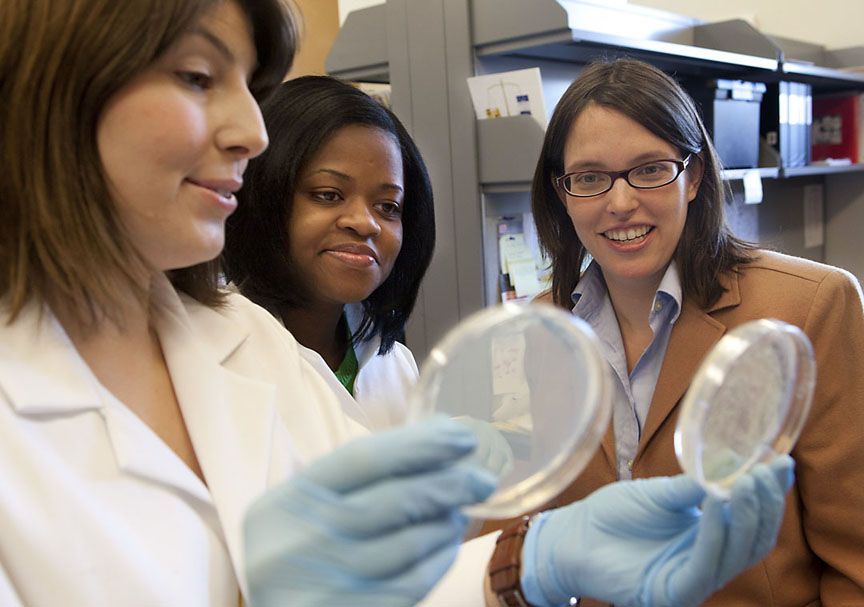Males 'Rev Up' Genes to Offset Shortcomings

Gentlemen, start your engines. To survive, male fruit flies compensate for their genetic shortcomings by revving up their genes.
Similar revving may happen in humans, and defects in the process might be related to certain neurological disorders.
Genes are carried on threadlike constructions of DNA and proteins called chromosomes. Like humans, male fruit flies (Drosophila melanogaster) have one X chromosome and one Y, which defines them as male. Meanwhile females have two X chromosomes.
But for males to live, they have to somehow remedy this imbalance. To do so, Erica Larschan of Brown University and her colleagues found fruit flies have a special protein that lets them magnify, or upregulate, their single X chromosome.
"You are dealing with 1,000 genes that all need to be regulated together," a difficult task for the cell, Larschan said.
Scientists have thought a protein called MSL (which stands for male-specific lethal – without it, males die) boosted gene expression of the X chromosome. But they didn't know how or the magnitude of impact. Larschan and her team examined how many copies of the X chromosome genes were being made in comparison to other genes.
They discovered that this protein complex acts as a sort of genetic power tool, doubling the gene expression on the X chromosome. It turns out, this protein complex makes it easier for enzymes to copy the genes on the X chromosome. More gene copies means more expressed proteins.
Sign up for the Live Science daily newsletter now
Get the world’s most fascinating discoveries delivered straight to your inbox.
"Nobody expected that they would see anything but a small effect," study researcher Fred Winston, of Harvard University, told LiveScience, referring to the impact of this protein complex. "I think the results are beyond any doubt whatsoever."
The finding, if it holds up in humans, could help scientists understand the basis of some X chromosome-linked diseases, which are much more frequent in men because they only have one copy of each X chromosome gene (and if it's a mutant or not expressed enough, there's no backup copy).
Though the researchers can't be sure the same process occurs in humans, Larschan said, "We hypothesize that it does."
Other gene-manipulating mechanisms work the same in humans and Drosophila, Winston said. "Below the surface, there are many similarities," Winston said.
The study is detailed in the March 3 issue of the journal Nature.
You can follow LiveScience staff writer Jennifer Welsh on Twitter @microbelover.
Jennifer Welsh is a Connecticut-based science writer and editor and a regular contributor to Live Science. She also has several years of bench work in cancer research and anti-viral drug discovery under her belt. She has previously written for Science News, VerywellHealth, The Scientist, Discover Magazine, WIRED Science, and Business Insider.












